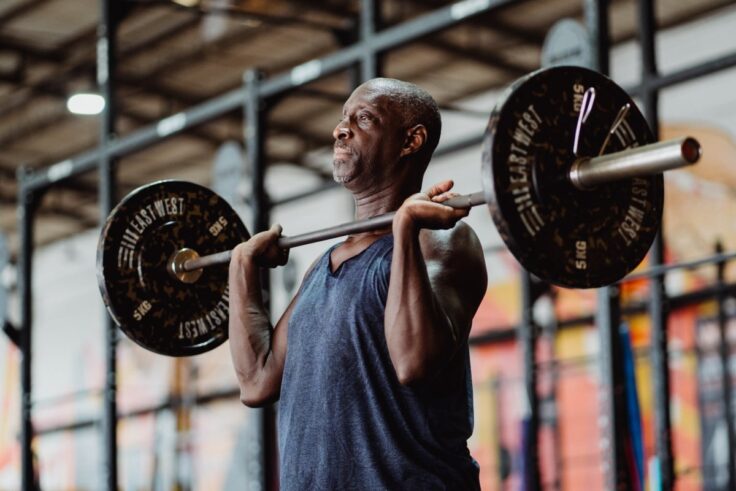6 Tips For Weightlifting With Arthritis

Weightlifting with arthritis can lead to pain relief and reduce the stiffness and swelling in joints caused by arthritis flare-ups.
If you are an arthritis patient or have a family history of arthritis, it must be challenging for you to keep up with your exercise routine and keep your bones and muscles healthy.
Well, there are millions like you who struggle with their daily exercise regimen due to the stiffness and pain in the joints.
Weightlifting and strength training, when done correctly, can help those joints get better, and you will feel lesser pain and stiffness in your body.
But the key lies in doing the exercises in the right way, as any wrong step will only work in the opposite direction and aggravate those symptoms.
So you must get the right advice from a professional before starting weightlifting with arthritis. Don’t worry, finding a rheumatologist in the Orlando area is not an issue, so you can easily get the right guidance.
When properly done, strength training can work wonders for not just arthritis patients but for everyone.
Weightlifting With Arthritis
Here are a few tips that can help you lift weights even if you suffer from arthritis:
1. Work With A Certified Trainer
Always start with a certified physical therapist or trainer who has experience working with arthritis people.
He will design the right exercises and aerobic activities for you that will actually be of benefit.
2. Go Slow But Steady
There is no need to rush in, and you can start with working out two to three times a week and for shorter time durations.
The idea is to let your stiff body joints get used to the exercises and gain strength and flexibility.
3. Work On All Muscle Groups
Do not just focus on the muscles and joints that are affected by arthritis. Include stretches and exercises that cover your whole body and major muscle groups.
Make sure to warm up for a couple of minutes before you start your exercises.
4. Avoid Exercises When Symptoms Are Bad
Always do your training on days when you are in better shape and when arthritis symptoms are better.
It is a mistake to carry out strength training when your joints and muscles are very still and painful.
5. Give Your Body Rest In Case Of A Flare-Up
At times, it is quite possible that your body might respond with an arthritis flare-up. During those times, show patience, let the inflammation subside, and use other therapies to ease the pain.
Or you could do a low-impact activity such as water therapy.
6. Exercise Within A Comfortable Range
Those with rheumatoid arthritis will find it tougher to exercise and need to balance rest and exercise carefully because of the actively inflamed joints.
Consult your rheumatologist and trainer to find workouts that make for a better choice.
The Takeaway
Listen to your body when exercising as extreme pain is a sign that something is not right.
Incorrect form or too much weight, or complex forms of exercise will do more harm than good and may even cause a severe injury.
Follow the above tips to minimize the risk of injury. And the best piece of advice is to work with a professional.
Exercising and weightlifting with arthritis is a sure way to relieve the pain, stiffness, and swelling in your body joints due to arthritis.